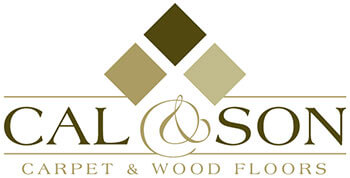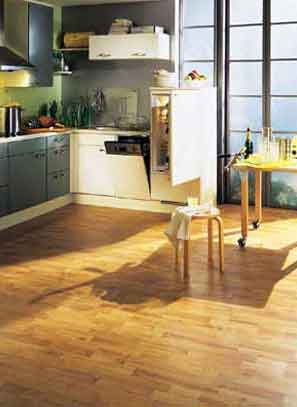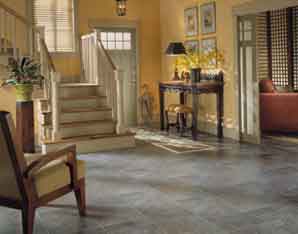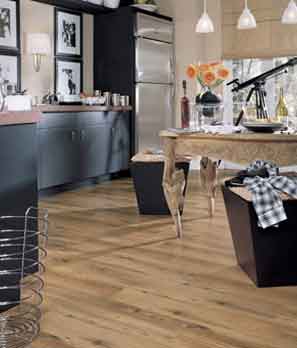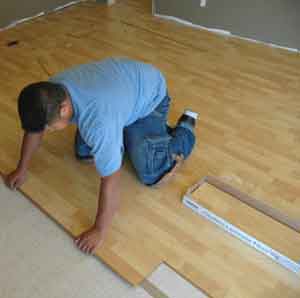Laminate | Styles
It goes without saying that you should use that unique sense when choosing something as critical as laminate flooring. Critical? Yes! Because any floor covering in your home impacts interior beauty, design, comfort, livability and upkeep. It’s a fact, floor coverings can make or break a home. Knowing the basic types of laminate and laminate installation can provide you with a firm foundation upon which to begin your laminate shopping journey.
- no more fake looks
- looks are traditional, rustic, distressed and exotic
- grains and texture more realistic than ever
- number of photographs or screens determine quality
- lighter colors make small rooms look larger
- dark colors create intimate settings
- choose coordinating or contrasts with cabinets or furniture
- no matching colors and styles, be creative
4 forms of installation
- Glueless laminate flooring
- quick and easy
- thin underlayment seals out moisture
- floors float over subfloors
- vapor barrier can be added for noise
- Laminate flooring with attached underlay
- several different types of tongue and grooved locking systems
- attached underlayment to reduce noise levels
- Glued laminate flooring
- the original laminate floors
- require a special formulated glue
- offered in planks and tiles
- Pre-glued laminate flooring
- no mess, glue already applied to the tongue and grooves
- quick and easy-to-install
- thin, plastic underlayment needed to seal out moisture and prevent glue from sticking
Moldings
- important because they cover the space allowed for flooring to expand and move naturally
- helps with the transition to an adjacent floor
- manufacturers offer coordinating moldings for all styles and colors
- moldings are designed to coordinate, not be an exact match
- moldings for laminates are slightly larger than wood or tile counterparts
Styles and definitions
Step Down Stairnose
- coordinating piece for proper transition for all steps
Reducer Strip
- transitional piece to connect with another type of flooring
End Molding or Carpet Reducer
- used as a transition to different flooring when the reducer does not allow enough height
T-Molding
- used in doorways to join two laminate floors in adjoining rooms
- recommended when making transitions from floors of the same height
Quarter Round
- installed where the floor meets the wall or baseboard

